What Is Skin Cancer? A Comprehensive Guide
Find out about the risk factors and symptoms of skin cancer and when to get tested
Skin cancer is the most common form of cancer in the UK. Cases of skin cancer have more than quadrupled in the last 30 years. Cancer Research UK states there are around 16,700 cases of malignant melanoma and over 156,000 cases of non-melanoma diagnosed each year.
Whilst skin cancer survival rates have improved over this period, there are still a significant number of deaths from skin cancer every year.
The good news is that learning how to protect your skin can reduce your risk of skin cancer developing — and being able to recognise the early warning signs can improve the success rate of treatment.
With this comprehensive guide, you’ll learn what skin cancer is, what causes it, how it’s treated and the signs and symptoms you need to look out for.
What is skin cancer?
Your skin is your body’s largest organ and is responsible for several important functions including:
- Protecting the inside of the body from damage
- Regulating body temperature
- Expelling waste products through sweat
- Producing vitamin D
Skin cancer is a type of cancer that affects the top layer of your skin called the epidermis.
Skin cancer can develop anywhere on your body but commonly affects areas of sun-exposed skin, including the scalp, face, lips, ears, neck, chest, arms, hands and legs. It can also develop in moles.
Types of skin cancer
The two main types of skin cancer are melanoma skin cancer and non-melanoma skin cancer. Melanoma is usually less common but more serious — it can spread to other organs in the body, which can make it harder to treat.
Non-melanoma skin cancer includes basal cell skin cancer, squamous cell skin cancer and some other rare types of skin cancer. Basal cells are found at the bottom of the epidermis and squamous cells are found just above them.
Melanoma starts in cells in the skin called melanocytes. These cells are in a deeper layer of the epidermis than basal and squamous cells.
When the skin is burnt by UV radiation in sunlight, the DNA in basal cells, squamous cells or melanocyte cells can become damaged. Over time, enough damage can be done that the cells begin to grow out of control, leading to skin cancer.
Skin cancer symptoms
Your skin plays a critical role in your health, so you must look after it by protecting it from the sun and regularly checking for signs of skin cancer.
Different types of skin cancer have different symptoms, but it is important to remember whatever the type of skin cancer, early detection is important.
Being familiar with your skin, and how it looks and feels, can help in identifying the symptoms of skin cancer early.
Signs of non-melanoma skin cancer
Most people commonly think of abnormal moles when it comes to non-melanoma skin cancer, but this type can take several forms.
Signs to look out for include:
- A white, red or pink lump that doesn’t disappear after four weeks
- Discoloured patches on the skin that don’t heal after four weeks
- A scaly or crusty patch of skin that doesn’t heal after four weeks
- A sore or scab or ulcer that bleeds, hurts or itches and hasn’t healed after four weeks
- An ulcer that doesn’t heal
Signs of melanoma skin cancer
You may have some moles or dark patches on your skin that are flat or slightly raised. Usually, these will remain harmless all your life. However, moles or localised patches of normal skin that change in size, shape or colour over weeks or months in adult life should be investigated further.
There are some clear signs that a mole could be a melanoma. You should get your moles checked by your doctor or a skin cancer specialist if you notice any of the following changes:
- Changes in shape, particularly if the mole has an irregular outline
- Changes in colour including darkening, patchiness or multiple shades
- An increase in size or acceleration in growth
- Itching or pain at the site of a mole
- Bleeding, crusting and/or inflammation
The ABCDE rule
To help you check your moles thoroughly, follow the ABCDE rule:
- Asymmetry: do the two halves of the mole look the same?
- Border: are the edges of the mole irregular, blurred or jagged?
- Colour: is the colour of the mole uneven, or is it more than one shade?
- Diameter: is the mole wider than 6mm in diameter (the size of a pencil rubber)
- Evolving: is the mole changing in size, shape and/or colour over time?
You can read more in our blog post on when to get a mole checked for cancer.

Causes of skin cancer
Around 80% of all skin cancers are caused by UV radiation that comes with overexposure to the sun and the use of sunbeds.
Other factors that can increase your chances of skin cancer are:
Skin type
Skin cancer develops in people of all colours. However, skin cancer is most likely to occur in those who have fair skin, light-coloured eyes, blonde or red hair, tend to burn when exposed to the sun and have a large number of freckles or moles.
Family history
Anyone with a family history of skin cancer has an increased risk of developing the disease.
Age
Anyone of any age can develop skin cancer, but it’s more common in older people as the risk increases with age.
Radiation therapy
Skin cancer is more likely to develop in areas of skin that have been treated with radiotherapy.
A weakened immune system
Taking immunosuppressant medications or having a condition that suppresses your immune system, such as HIV or AIDs, puts you at greater risk of developing skin cancer.
Skin cancer diagnosis
If you notice any of the symptoms listed above, it’s important to make an appointment with your doctor as soon as possible so that they can run tests and either rule out or diagnose skin cancer. The sooner skin cancer is diagnosed the better, with almost 100% of people surviving five years or more when the disease is identified at the earliest stage.
A skin cancer specialist will be able to make a diagnosis of skin cancer by closely looking at your skin using a magnifying tool called a dermatoscope. This examination is a non-invasive process so will not hurt or affect your skin in any way.
If they identify a cause of concern, your doctor or dermatologist may take a biopsy (a small sample of tissue) to send to the lab for examination under a microscope to check for cancer.
There are a few different types of biopsy, which you learn more about in our How Is Skin Cancer Diagnosed? blog post.
In the rare case that your doctor suspects the cancer has spread to other parts of your body, you may need to have some follow-up tests, such as a CT or MRI scan or a biopsy of your lymph nodes.
Stages of skin cancer
The stages of skin cancer are based on how big it is, how deep it is and if it has spread to other areas of your body. Identifying the stage of skin cancer you have helps doctors create an effective treatment plan and also gives an indication as to your prognosis.
The stage of skin cancer can be determined by the results of biopsies and imaging.
The stages of skin cancer are:
- Stage 0 – Also called melanoma in situ, stage 0 is when cells have begun to turn into cancer in the epidermis, but haven’t started to spread or grow in the dermis (deeper layer of skin) or surrounding areas of the skin.
- Stage 1 – The cancer is 1 to 2mm thick and 2cm across or smaller.
- Stage 2 – The cancer is larger than 2cm across, but no larger than 4cm and is more than 2mm thick.
- Stage 3 – At stage 3, the cancer is under 4cm but has spread to an area no more than 2cm away, a nearby lymph node, or an area no more than 2cm away from a lymph node that the cancer has spread to. Stage 3 can also mean that the cancer hasn’t spread into the lymph nodes but is over 4cm in size or has grown into nearby bones, the space around a nerve or below the layer of fat under the skin.
- Stage 4 – Also called advanced or metastatic skin cancer, stage 4 means the cancer has spread to other areas of the skin or other areas of the body such as the lungs, liver, bones or brain. Stage 4 can also mean that the cancer has grown through the outside covering of one of the lymph nodes, has spread to more than one lymph node, has spread to only one lymph node and is between 3cm and 6cm, or has spread to lymph nodes on the other side of your body to the skin cancer.
Skin cancer treatment
There are several treatment options for skin cancer. The best for you will depend on the type you have, the stage of cancer and your general health.
Some small skin cancers can be removed with a simple biopsy and no further treatment will be needed. In other cases, you may need further treatment.
Melanoma skin cancer can often be treated. Treatment for melanoma can include:
- Surgery – Surgery may be done to remove the melanoma and a small area surrounding the skin, to remove lymph glands that the cancer has spread to, or to remove cancer that has spread to other areas of your body. Surgery is the main treatment for melanoma.
- Radiotherapy – Radiotherapy is used to reduce the size of large melanomas and can help control and relieve symptoms.
- Targeted medicines and immunotherapy – Targeted medicines aim to stop the growth of the cancer while immunotherapy medicines help your immune system kill the cancer cells. These treatments may be recommended if your cancer cannot be treated with surgery or if it has spread to your lymph nodes or other parts of your body.
- Chemotherapy – Chemotherapy is sometimes used in advanced cases of skin cancer to kill the cancer cells.
Treatment for non-melanoma skin cancer is successful for at least 9 out of 10 people.
Non-melanoma skin cancer treatments can include:
- Surgical excision – This is where the cancer is cut out of the skin along with an area of surrounding tissue. Surgery is the main treatment for non-melanoma skin cancer.
- Mohs micrographic surgery (MMS) – You may have MMS if there’s a high risk of your cancer returning or spreading. This is where the skin is removed layer by layer, each time being checked under a microscope for cancerous cells until no abnormal cells are detected.
- Curettage and electrocautery – Once most of the cancer has been removed, a circular blade (curette) is used to scrape away the remaining layers of cancer cells. An electric needle then destroys any remaining cells and seals the wound.
- Cryotherapy – Liquid nitrogen is used to freeze the cancer. A scab will form and fall off around a month later.
- Anti-cancer creams – Chemotherapy or immune-stimulating creams are applied to the skin to kill the cancer cells and encourage your immune system to fight the cancer cells.
- Photodynamic therapy (PDT) – A combination of laser light and drugs makes the cancer cells sensitive to light and destroys them.
- Radiotherapy – Radiotherapy is used to destroy the cancer in cases where surgery is unsuitable, the cancer covers a large area or if the area is difficult to operate on.
- Electrochemotherapy – Chemotherapy is administered to the tumour or through a vein and then powerful pulses of electricity are directed to the tumour using electrodes to damage the cells.
Your doctor and the specialist care team looking after you will work with you to decide which treatment is best for you. They will explain how each treatment works, including the benefits, side effects and what to expect.
How to reduce your risk of skin cancer
A number of changes to your lifestyle can significantly reduce your risk of skin cancer including:
- Avoiding overexposure to the sun
- Avoiding the use of sunbeds
- Wearing a wide-brimmed hat or clothing that covers your head, face, neck and shoulders
- Wearing a high-factor 4+ star rated, waterproof, broad-spectrum sunscreen all year round
- Reapplying your sunscreen every two hours when spending a lot of time in the sun
- Reapplying sunscreen before and after swimming outdoors
- Wearing sunglasses with UV protection
- Moving into the shade from 11am to 3pm when UV is strongest
- Having regular skin cancer screenings
Find out more about how to protect your skin and reduce your risk with our How To Stay Safe In The Sun blog post.

Skin cancer test: why should I get tested?
Melanoma is the most serious type of skin cancer. Left untreated, it can spread in the body and can eventually be fatal.
Non-melanoma skin cancer is much more common than melanoma. It is usually detected at a much earlier stage and is less likely to be life-threatening. However, it is still important to seek treatment quickly. Accurate statistics about non-melanoma skin cancer are difficult to obtain as cases of this type are often dealt with in local clinics.
Checking your skin regularly for signs of skin cancer can help lead to an early diagnosis, which can increase your chance of successful treatment.
How can I get tested for skin cancer?
If you have a mole or any localised skin damage you are concerned about or already have a diagnosis, please book a skin cancer screening appointment at one of our Skin Cancer Screening & Mole Check clinics nationwide.
Check4Cancer’s Skin Cancer Screening & Mole Checks involves a detailed examination of any skin changes or moles and a complete skin examination by experienced skin cancer nurses giving you peace of mind and ensuring early detection of any problems. Appointments are available quickly, find out more here.
Book a skin check today
Our Skin Cancer Screening & Mole Check is a fast-track service that provides a thorough skin cancer examination with results within 5 days. If a mole or localised skin change appears suspicious and a biopsy or removal is recommended, we offer a Skin Cancer Diagnosis service. This includes a 30–45 minute consultation and, if necessary, removal of the mole or skin lesion.
Book a Skin Cancer Screening and Mole Check appointment today.
All articles for skin

Sun Awareness Week May 12 - May 18 2025
With summer starting early and UV levels on the rise, now’s the perfect time to prioritise your skin health. Sun...
Read more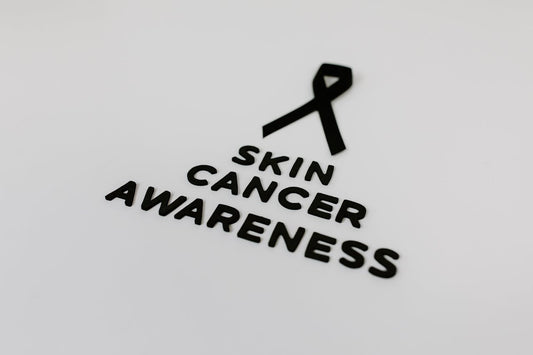
Skin Cancer Awareness Month
May is Skin Cancer Awareness Month, and every year, over 250,000 cases of non-melanoma skin cancer are diagnosed in the...
Read more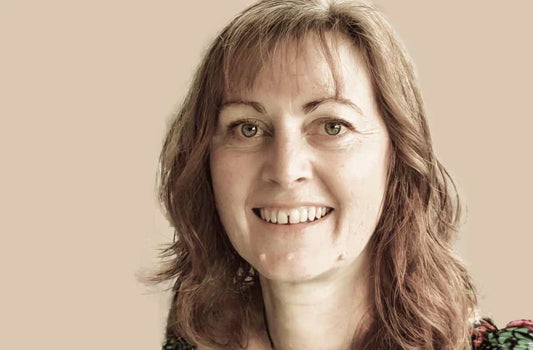
Karen's Story
When 54-year-old Karen Smout received an email offering her a Check4Cancer screening service, it was just the nudge she needed...
Read more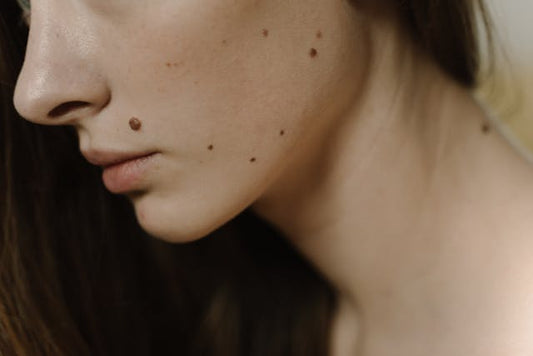
When To Get A Mole Checked For Cancer
How often you should be checking your moles, how to do it, and what to do if you think there’s cause...
Read more
How Is Skin Cancer Diagnosed?
The signs and symptoms of skin cancer to watch out for, when you should get a skin cancer screening and how skin cancer is...
Read more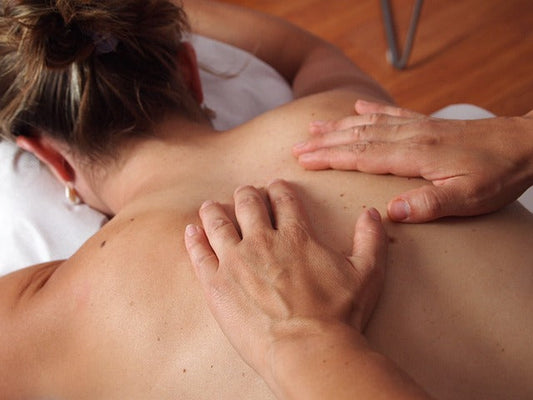
What you need to know about photoaging & skin cancer
We all know that a sunburn takes a toll on our skin in the short term and that your skin...
Read more
Be Skin Aware – Choosing the right sunscreen and understanding UVA protection
Over 80% of all skin cancers are caused by over-exposure to ultraviolet (UV) radiation from the sun or sunbeds. This...
Read more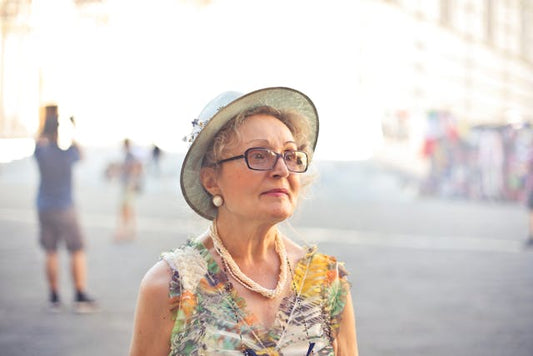
Be Skin Aware - 5 ways to reduce your risk of developing skin cancer
Here are 5 easy ways you can reduce your risk of developing skin cancer today:
Read more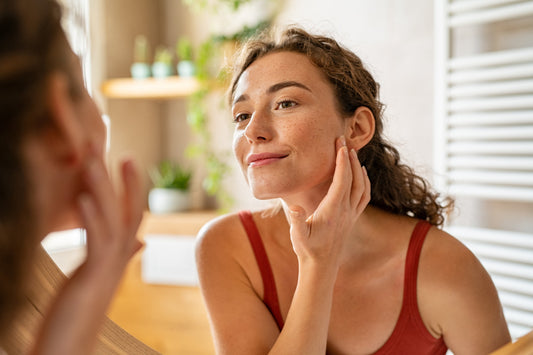
Understanding Fitzpatrick Skin Types
You may be familiar with classifications such as dry, oily or combination skin, but as part of our series of...
Read more
How to spot early signs of skin cancer with simple skin checks
There is currently no NHS national screening programme for skin cancer so it’s important to regularly check your skin for...
Read more
Be Skin Aware - What are the symptoms of skin cancer?
A melanoma can grow anywhere on the body, so it’s important to check your entire body regularly (once per month)...
Read more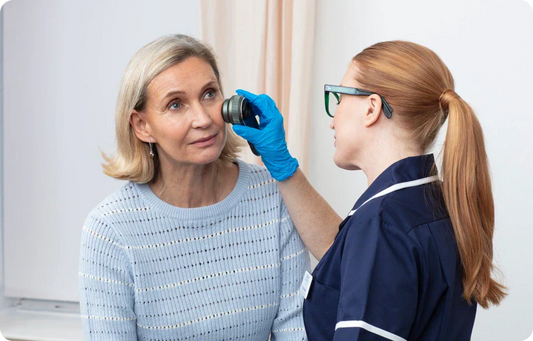
About our Skin Cancer Screening and Mole Clinics
If you have concerns about a specific mole or skin lesion, Check4Cancer‘s specialist skin cancer screening clinics are open throughout...
Read more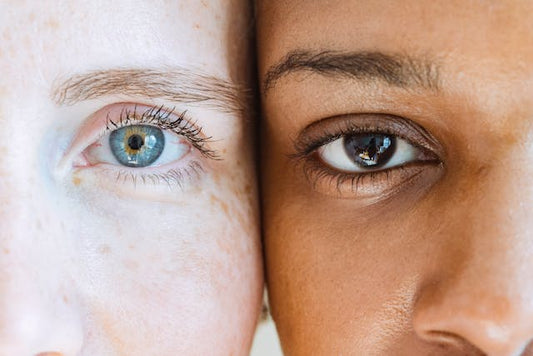
What are the Symptoms of Skin Cancer?
Different types of skin cancer present different skin cancer symptoms but it is important to remember whatever the type of...
Read more